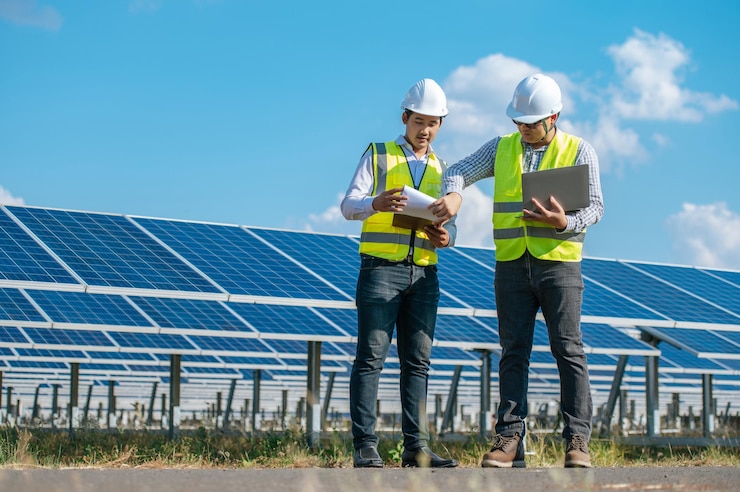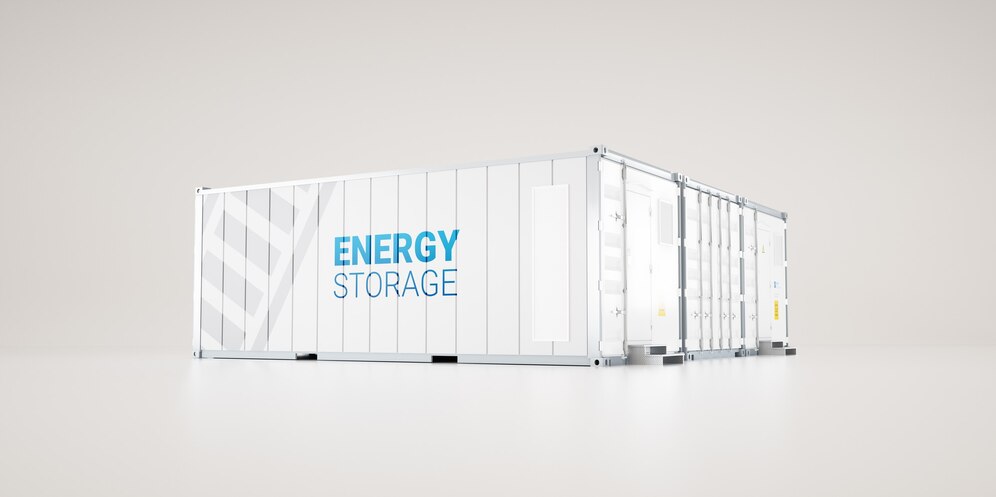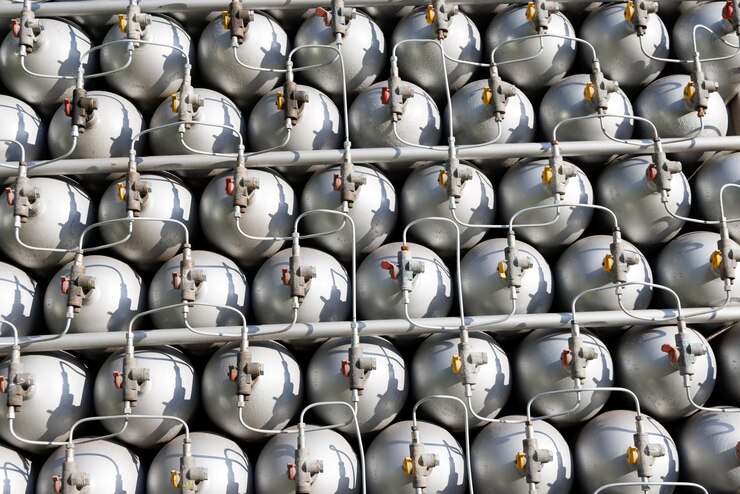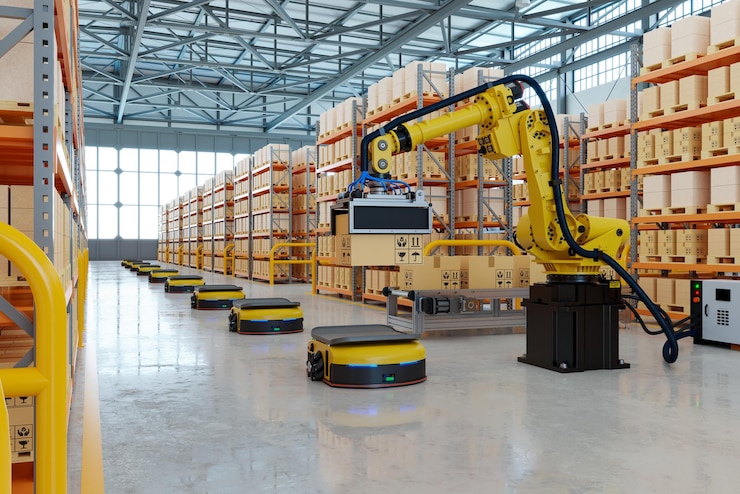Cybersecurity in Vehicle-to-Grid (V2G) Application
We live in a fast-paced technological era in which our automobiles are expected to store power more safely and more quickly than ever before. Vehicle to Grid (V2G) is a key technology that allows improvements in grid efficiency, and it is important to make full use of this technological innovation in the development of a …
Cybersecurity in Vehicle-to-Grid (V2G) Application Read More »









